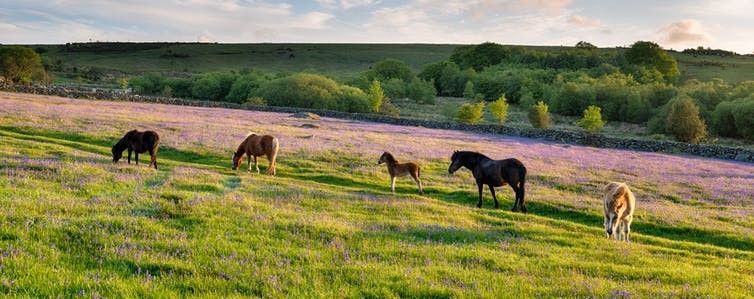Standing to Appeal
In 2017, Brent Council issued an enforcement notice alleging a change of use to 2 flats, and erection of a canopy and door. Ms Muorah appealed. The inspector found that the canopy and door were PD when erected (ground (c) allowed in part) and that the steps of the notice were excessive (ground (f) allowed in part) but refused permission for the change of use under ground (a). As part of the decision, the inspector upheld a step of the notice requiring cessation of occupation by more than 1 household. On appeal to the High Court, PINS conceded that this should have been deleted as it removed a PD right (C4 to C3 and vice versa) and, by consent, the case was remitted for re-determination.
Before redetermination, Ms Muorah applied for an LDC for use as two flats. The council refused this as the enforcement notice had been issued. This was appealed and, in August 2020, the appeal was successful.
Yet, in December 2020, the enforcement notice redetermination again upheld the enforcement notice in relation to the change of use.
Ms Muorah went back to the High Court to challenge the new enforcement notice appeal decision. She challenged on two grounds. PINS accepted that this new decision was bad on one ground but not the other; PINS was willing to consent to judgment. Ms Muorah wanted to challenge on both grounds and opted to continue the appeal.
By July 2021, before the appeal was heard, Ms Muorah was declared bankrupt. Her trustee in bankruptcy disclaimed her interest in the appeal property. While that decision was challenged, the challenge had not been determined at the date of the High Court case.
The right of appeal of an enforcement notice rests in “any person having an interest in the land” or a “relevant occupier”. And only the appellant, the LPA or another person having an interest in the land can bring a s289 High Court challenge. When the bankruptcy trustee was appointed, any interest in the land and any causes of action relating to the land passed to the trustee. SSHCLG therefore sought to strike out the s289 appeal on the basis that Ms Muorah no longer had a cause of action to pursue the appeal and that it would be an abuse of process to continue.
The court agreed.
The decision dismisses the appeal. The effect is that the enforcement notice is now valid and in force, having been upheld by the inspector even though PINS has conceded that its inspector’s decision was wrong and that the notice should have been altered. The judge thought any unfairness might be solved by the council using its powers to waive or withdraw the notice in the light of the concession. This presumably opens it up to judicial review if it refuses to do so.
On the face of it, this is one of these strange little cases which are highly fact specific and of little general interest.
But the judgment links the right to appeal (both at s174 Planning Inspectorate and s289 High Court stages) with the risk of criminal sanction for failure to comply with the notice. In doing so, the suggestion seems to be that, even where an appeal was validly brought by a person with an interest in the land, the right to continue the appeal is lost when a person no longer has an interest in the land and that this is OK because the person can then no longer be subject to criminal sanctions.
With s174 appeals often taking 2 years at the moment, it is not uncommon for changes in ownership to take place during the process. PINS’ practice is that a new owner can continue the appeal by consent but that, in the absence of consent, the appeal will be decided in relation to the original appellant owner. It is difficult to reconcile that practice with this Muorah case given that the original appellant will, as a result of the sale, no longer have an interest in the land. If it is an abuse of process to continue the appeal, as this case suggests, it should be dismissed.
Traditionally, standing to appeal is only checked/challenged by LPAs at the start of the appeal process. This case suggests that it is something that should be kept under review throughout the appeal process and challenged if it seems that the original appellant no longer has an interest.
























